Home>Home Maintenance>Why Would You Add Drainage Holes To A Self-Watering Planter
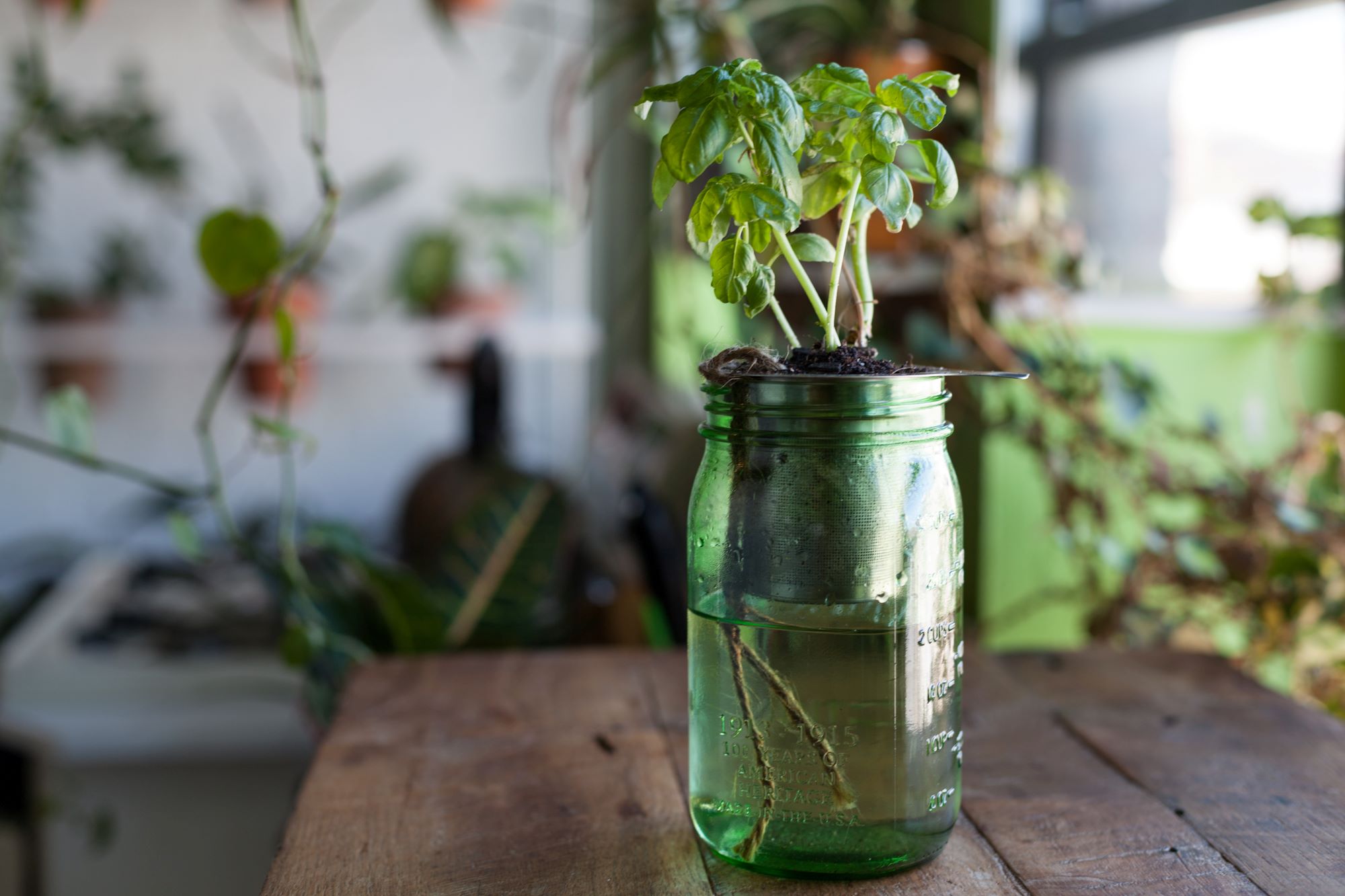

Home Maintenance
Why Would You Add Drainage Holes To A Self-Watering Planter
Modified: March 7, 2024
Learn the importance of adding drainage holes to a self-watering planter for proper home maintenance. Ensure healthy plants with effective water drainage.
(Many of the links in this article redirect to a specific reviewed product. Your purchase of these products through affiliate links helps to generate commission for Storables.com, at no extra cost. Learn more)
Introduction
Welcome to the world of self-watering planters, where gardening becomes a breeze! If you’re an avid plant lover or a busy individual who struggles to keep plants adequately hydrated, self-watering planters offer a convenient and efficient solution. These innovative containers are designed to provide plants with a consistent water supply, ensuring they thrive without the need for constant monitoring and watering.
In this article, we’ll delve into the concept of self-watering planters and explore the benefits they offer. We’ll also discuss the importance of drainage in planters and why adding drainage holes to self-watering planters can be beneficial. So, let’s get started and discover why incorporating drainage holes into your self-watering planters is a wise choice.
Key Takeaways:
- Self-watering planters with drainage holes prevent waterlogging, promote healthy root growth, and provide customized watering options, ensuring optimal plant health and growth.
- Incorporating drainage holes in self-watering planters enhances water drainage, prevents root rot, and allows for tailored care, making gardening easier and more enjoyable while promoting vibrant and resilient plants.
The Concept of Self-Watering Planters
Self-watering planters, also known as sub-irrigation planters, are designed to mimic the natural watering conditions plants would experience in their native habitats. These planters incorporate a reservoir at the bottom, separate from the soil where the plant’s roots are situated. Through capillary action, water is drawn up from the reservoir into the soil, providing the plants with a constant and regulated water supply.
The main components of a self-watering planter include the reservoir, a water wicking system, and a planting container. The water wicking system, usually made of absorbent fabric or a capillary mat, transports the water from the reservoir into the soil. This system ensures that the soil remains consistently moist without becoming waterlogged.
Self-watering planters offer several advantages over traditional planters. Firstly, they help to conserve water by reducing evaporation and minimizing runoff. This makes them an eco-friendly choice for environmentally conscious gardeners. Additionally, these planters provide a self-regulating watering system, making it easier to maintain proper moisture levels for different plant types.
Moreover, self-watering planters are ideal for those who frequently travel or have a busy lifestyle. The reservoir holds enough water to keep the plants hydrated for an extended period, reducing the need for daily watering. This makes them a popular choice for indoor plants, as they can survive longer periods without regular attention.
Next, we will explore the importance of drainage in planters and why it is essential to incorporate drainage holes in self-watering planters.
Benefits of Self-Watering Planters
Self-watering planters offer a range of benefits that make them a preferred choice for many gardeners. Let’s explore some of the advantages these innovative planters provide:
- Consistent and Controlled Watering: One of the primary benefits of self-watering planters is their ability to provide plants with a consistent water supply. The reservoir ensures that plants receive water as needed, avoiding both under and overwatering. This controlled watering helps to promote healthy root growth and prevents the stress that can result from fluctuations in moisture levels.
- Reduced Watering Frequency: With self-watering planters, you no longer have to worry about daily watering. The reservoir holds a significant amount of water, which can sustain the plant for an extended period. This is particularly convenient for individuals who travel frequently or have a busy schedule, as plants can survive without constant attention.
- Water Conservation: Self-watering planters are designed to minimize water wastage. The use of a reservoir and a wicking system ensures that water is effectively utilized by the plants, reducing evaporation and runoff. This eco-friendly feature helps conserve water resources and is especially valuable in regions prone to drought or where water is scarce.
- Improved Plant Health: The regulated watering system of self-watering planters contributes to the overall health of the plants. By providing a consistent moisture level, these planters help to prevent underwatering or overwatering, which can lead to stress, root damage, and plant diseases. When plants receive the right amount of water, they are better equipped to grow and flourish.
- Convenience and Time-Saving: Self-watering planters offer a convenient solution for those with a busy lifestyle. These planters reduce the time and effort required for regular watering, allowing you to focus on other gardening tasks. Whether you have a small urban garden or a large outdoor space, self-watering planters make gardening more manageable and less time-consuming.
With these benefits in mind, it’s evident why many gardeners are turning to self-watering planters as a practical and efficient way to care for their plants. Now, let’s delve into the importance of drainage in planters and explore why adding drainage holes to self-watering planters is essential.
Understanding Drainage in Planters
Drainage is a crucial aspect to consider when it comes to planters, including self-watering planters. Proper drainage ensures that excess water can escape from the soil, preventing waterlogging and potential damage to the plant’s roots. Without adequate drainage, plants can suffer from root rot, nutrient deficiency, and overall poor health.
When water is applied to the soil, gravity pulls it downwards. The excess water must have a way to escape from the planter to avoid water stagnation, which can lead to oxygen deprivation for the roots. This is where drainage holes come into play. Drainage holes allow for the controlled release of excess water, creating a balance between moisture retention and preventing waterlogged soil.
In traditional planters, drainage holes at the bottom of the container allow water to freely drain out when watering or during rainfall. However, self-watering planters are designed to hold water in a reservoir, separated from the soil by a wicking system. This design can be beneficial for maintaining consistent moisture levels, but it also requires the inclusion of drainage holes to prevent water accumulation.
Adding drainage holes to self-watering planters serves two primary purposes:
- Enhanced Water Drainage: Drainage holes allow excess water to escape, preventing waterlogging in the soil. This is especially important for plants that are susceptible to root rot or prefer well-draining soil. By facilitating water drainage, the roots can receive the right amount of oxygen and prevent suffocation.
- Prevention of Waterlogging: Without drainage holes, the excess water would accumulate in the reservoir, leading to waterlogged soil. Waterlogged soil can cause root suffocation and increase the risk of fungal diseases. Drainage holes help maintain an optimal moisture level, preventing these issues and promoting healthy root growth.
By understanding the importance of drainage in planters, you can appreciate the need to incorporate drainage holes into your self-watering planters. In the following sections, we will explore the specific reasons why adding drainage holes to self-watering planters can be beneficial for your plants’ well-being and overall success.
Reasons for Adding Drainage Holes to Self-Watering Planters
While the concept of self-watering planters eliminates the need for traditional drainage at the bottom of the container, it is still important to incorporate drainage holes in these planters. Here are some key reasons why adding drainage holes to self-watering planters is essential:
- Enhanced Water Drainage: Drainage holes allow for the controlled release of excess water from the reservoir, preventing waterlogging in the soil. This is particularly important during periods of heavy rainfall or when plants receive more water than they require. The drainage holes help maintain a balanced moisture level, avoiding the risks associated with overly saturated soil.
- Prevention of Root Rot: Root rot is a common problem caused by waterlogged soil, which can occur if excess water is not properly drained from the planter. When the roots are constantly submerged in stagnant water, they become deprived of oxygen, leading to root decay and the onset of root rot. By adding drainage holes, you can ensure proper water drainage and reduce the risk of root rot.
- Promotion of Healthy Root Growth: Good drainage is crucial for healthy root development. When excess water is allowed to drain, it prevents the roots from becoming waterlogged and suffocating. Drainage holes in self-watering planters promote the growth of strong and healthy roots by providing the necessary oxygen and preventing water-related stress on the root system.
- Prevention of Nutrient Imbalances: Proper drainage helps maintain the ideal balance of nutrients in the soil. When excess water stagnates in the planter, it can leach away essential nutrients that the plant needs for healthy growth. By allowing excess water to drain, you can ensure that the plant’s roots have access to the right nutrients, leading to stronger and more vibrant plants.
- Allowance for Customized Watering: Incorporating drainage holes in self-watering planters allows you to customize the watering process. It gives you more control over the moisture levels in the soil, as you can adjust the amount of water you provide to the reservoir and also allow excess water to drain. This flexibility is especially beneficial when caring for different plant species with varied watering needs.
By adding drainage holes to your self-watering planters, you can create an optimal growing environment for your plants. Proper water drainage prevents water-related issues, such as root rot and nutrient imbalances, and encourages healthy root growth. Additionally, it grants you more control over the watering process, allowing you to tailor it to the specific needs of your plants.
Now that we have explored the reasons why drainage holes are important, we can move forward to understand the benefits of enhanced water drainage in self-watering planters.
Read more: How To Use A Planter Without Drainage Holes
Enhanced Water Drainage
Enhanced water drainage is a key benefit of incorporating drainage holes into self-watering planters. It plays a crucial role in maintaining the health and vitality of your plants. Let’s explore why enhanced water drainage is essential:
1. Prevents Waterlogging: Drainage holes allow excess water to escape from the planter, preventing waterlogging in the soil. When water accumulates in the soil without a means of escape, it can saturate the roots and lead to oxygen deprivation. This can result in the wilting of plants, yellowing leaves, and even death in extreme cases. Proper water drainage minimizes the risk of waterlogging and promotes healthy root function.
2. Regulates Moisture Levels: By allowing excess water to drain, self-watering planters with drainage holes provide a balance between moisture retention and preventing water accumulation. This feature is vital for plants that are prone to root rot or prefer well-draining soil. It ensures that the soil maintains an optimal moisture level, reducing the risk of overwatering and water-related diseases.
3. Prevents Salt Build-Up: When water evaporates from the soil, it leaves behind dissolved salts that can accumulate over time. This salt build-up can be harmful to plants, causing nutrient imbalances and hindering their growth. Proper water drainage helps to flush out excess salts, preventing their accumulation and maintaining a healthy growing environment for your plants.
4. Facilitates Nutrient Uptake: Enhanced water drainage promotes better nutrient uptake for your plants. When water drains through the soil, it carries essential nutrients with it, allowing the roots to absorb them more effectively. This helps to ensure that your plants receive the necessary nutrients for their growth and development.
5. Prevents Foul Odors: Waterlogged soil can lead to the growth of anaerobic bacteria, which can produce foul odors. By allowing excess water to drain from the planter, you can prevent the build-up of excess moisture and the unpleasant smells associated with it.
Overall, enhanced water drainage provided by drainage holes in self-watering planters is crucial for maintaining the health and vigor of your plants. It prevents waterlogging, regulates moisture levels, promotes nutrient uptake, and prevents salt build-up. By ensuring proper water drainage, you create an ideal environment for your plants to thrive.
In the next section, we will explore how adding drainage holes to self-watering planters can prevent waterlogging and safeguard your plants from the damaging effects of root rot.
Adding drainage holes to a self-watering planter allows excess water to escape, preventing root rot and overwatering. This helps to maintain healthy and thriving plants.
Prevention of Waterlogging
Waterlogging occurs when excessive water accumulates in the soil, saturating the roots and impeding their ability to access oxygen. This condition can have detrimental effects on plant health and can even lead to the development of root rot. By adding drainage holes to self-watering planters, you can effectively prevent waterlogging and safeguard your plants. Here’s why the prevention of waterlogging is crucial:
1. Oxygen Supply to the Roots: Adequate oxygen supply is essential for the healthy growth of plant roots. When the soil becomes waterlogged, air pockets are filled with water, depriving the roots of the oxygen they need for respiration. This lack of oxygen can lead to root suffocation and weaken the entire plant. By ensuring proper water drainage, you allow the roots to access the necessary oxygen, promoting their growth and overall plant health.
2. Prevention of Root Rot: Waterlogged soil creates a favorable environment for the growth of pathogens and harmful microorganisms that cause root rot. When the roots are constantly submerged in water, their susceptibility to diseases increases significantly. Root rot causes the roots to become mushy, discolored, and ultimately leads to their decay. By providing efficient drainage in self-watering planters, you reduce the risk of root rot and help maintain the integrity of the root system.
3. Reduction of Excess Moisture: Excessive moisture in the soil can lead to a host of problems, including nutrient leaching, stunted growth, and weakened plants. When water accumulates in the planter without a proper drainage system, it can drown the roots and hinder their ability to absorb nutrients effectively. By preventing waterlogging, you create an environment where the soil moisture levels are optimal, ensuring healthy nutrient uptake and promoting robust plant growth.
4. Prevention of Fungal Diseases: Waterlogged soil is a breeding ground for fungi that thrive in moist environments. These fungi can cause a range of diseases, including dampening off, root rot, and various leaf spot diseases. By facilitating proper water drainage, you create an environment that discourages the growth and spread of these harmful fungi, minimizing the risk of fungal diseases in your plants.
5. Overall Plant Vigor and Longevity: By preventing waterlogging, you provide your plants with the ideal conditions they need to thrive. When the roots have access to oxygen and are not constantly saturated, they can grow strong and healthy. This, in turn, leads to plants that are more resilient, better able to withstand environmental stressors, and have increased longevity.
By adding drainage holes to your self-watering planters, you can effectively prevent waterlogging and the associated problems it can cause. This allows your plants to have optimal oxygen supply, reduces the risk of root rot and fungal diseases, and promotes overall plant vigor and longevity.
Next, we will discuss how the prevention of waterlogging in self-watering planters promotes healthy root growth and ensures the well-being of your plants.
Promotion of Healthy Root Growth
Promoting healthy root growth is essential for the overall well-being and success of your plants. By incorporating drainage holes in self-watering planters, you create an environment that fosters optimal root development and ensures the long-term health of your plants. Here are some key reasons why the promotion of healthy root growth is crucial:
1. Oxygen Availability: Adequate oxygen supply is vital for healthy root growth. When the soil is waterlogged, the oxygen levels diminish, creating an anaerobic environment that hinders root development. By allowing excess water to drain through the drainage holes, you ensure the roots have access to oxygen, stimulating their growth and enabling them to efficiently absorb nutrients from the soil.
2. Nutrient Uptake: Healthy root systems are essential for the uptake of nutrients from the soil. When roots have enough oxygen and are not waterlogged, they function optimally, absorbing essential elements like nitrogen, phosphorus, and potassium. Proper drainage in self-watering planters ensures that the root system can access the necessary nutrients, supporting vigorous growth and overall plant health.
3. Prevention of Root Suffocation: Waterlogged soil can suffocate plant roots, inhibiting their ability to take in oxygen and causing them to rot. This can lead to weakened roots, nutrient deficiencies, and eventually, plant decline. By promoting healthy root growth through drainage holes, you provide an environment where roots can thrive, preventing suffocation and its associated problems.
4. Establishment of a Strong Root System: A healthy root system is the foundation for a thriving plant. By encouraging healthy root growth, you promote the development of a strong and extensive root network. This allows plants to anchor firmly in the soil, access nutrients and water effectively, and withstand environmental stresses such as wind and drought. A robust root system sets the stage for healthy growth and overall plant resilience.
5. Prevention of Stunted Growth: Poor root growth can lead to stunted plant growth. When roots are not able to extend and explore the soil due to waterlogging, the plant’s overall growth slows down. By ensuring proper drainage and promoting healthy root growth, you provide plants with the opportunity to reach their full growth potential, resulting in vibrant and thriving vegetation.
Promoting healthy root growth in self-watering planters is essential for the well-being and vitality of your plants. By providing adequate oxygen and nutrients, preventing root suffocation, and establishing a strong root system, you set the stage for robust growth and long-term plant success.
In the next section, we will explore how the prevention of root rot is achieved by incorporating drainage holes in self-watering planters.
Prevention of Root Rot
Root rot is a common and destructive problem that affects plants when their roots become waterlogged for extended periods. It is caused by fungi, specifically those that thrive in wet and poorly drained soil conditions. By adding drainage holes to your self-watering planters, you can effectively prevent root rot and safeguard the health of your plants. Here are some key reasons why the prevention of root rot is essential:
1. Avoids Oxygen Deprivation: Excessive moisture in the soil creates an oxygen-deprived environment, which is a favorable condition for the development of root rot. When roots are submerged in water, they cannot access the oxygen they need for respiration, leading to root suffocation. By providing proper drainage through the addition of drainage holes, you ensure that oxygen reaches the roots, preventing the onset of root rot.
2. Reduces Fungal Growth: The fungi responsible for causing root rot thrive in waterlogged soil. By allowing excess water to drain from the planter, you create an environment that is less conducive to their growth and proliferation. Proper drainage minimizes the moisture levels in the soil, reducing the risk of fungal infections and preventing the spread of root rot.
3. Maintains Root Health: Root rot leads to the decay and destruction of plant roots, compromising their ability to absorb water and nutrients from the soil. By preventing root rot, you preserve the health of the root system, which is crucial for overall plant growth and survival. Healthy roots can efficiently uptake essential nutrients, ensuring vigorous plant growth and development.
4. Enhances Nutrient Absorption: Root rot diminishes the ability of roots to effectively absorb nutrients from the soil. The damaged and decaying roots cannot fulfill their role in nutrient uptake, leading to nutrient deficiencies in the plant. By preventing root rot through proper drainage, you promote the continued absorption of essential nutrients, allowing plants to thrive and reach their full potential.
5. Sustains Long-Term Plant Health: Root rot can have long-term detrimental effects on plant health. The weakened and damaged root system can make plants more susceptible to other diseases, pests, and environmental stresses. By preventing root rot and maintaining a healthy root system, you increase the resilience and longevity of your plants, ensuring their thriving and continued well-being.
Preventing root rot by incorporating drainage holes in self-watering planters is essential for the health and vitality of your plants. It allows for the necessary oxygen availability, reduces fungal growth, protects root health, enhances nutrient absorption, and sustains long-term plant health.
In the following section, we will explore how incorporating drainage holes into self-watering planters allows for customized watering options to meet the specific needs of your plants.
Allowance for Customized Watering
One of the advantages of incorporating drainage holes into self-watering planters is the ability to customize the watering process to meet the specific needs of your plants. This customization allows you to ensure optimal moisture levels and promotes healthy growth. Here is why the allowance for customized watering is beneficial:
1. Effective Water Management: By adding drainage holes to self-watering planters, you gain greater control over the amount of water provided to the plants. This customization allows you to manage water more efficiently, ensuring that plants receive the right amount without risking overwatering. Different plants have different water requirements, and the ability to adjust the watering levels enables you to meet the specific needs of each plant, promoting healthier growth and reducing the risk of water-related issues.
2. Adaptation for Changing Conditions: Environmental conditions, such as temperature and humidity, can impact the watering needs of plants. With self-watering planters that have drainage holes, you can adapt and modify the watering routine based on these changing conditions. During periods of high humidity, for example, you may reduce the amount of water applied to prevent excessive moisture retention. The allowance for customized watering ensures that plants receive the appropriate amount of water under varying circumstances, optimizing their health and growth.
3. Tailored Care for Different Plant Varieties: Different plant species have varying water requirements. Some plants prefer drier conditions, while others thrive in consistently moist soil. By incorporating drainage holes in your self-watering planters, you can tailor the watering frequency and volume to suit the specific needs of different plant varieties. This customization allows you to create an ideal environment for each plant, supporting their individual growth and ensuring their well-being.
4. Prevention of Water Stress: Overwatering or underwatering can lead to stress in plants, negatively impacting their growth and overall health. With self-watering planters that have drainage holes, you can prevent water stress by adjusting the watering to match the needs of the plants. This promotes a balanced moisture level in the soil, preventing water-related stress and creating a healthier growing environment.
5. Flexibility for Gardening Preferences: Every gardener has their own preferences and gardening style. Some prefer a hands-on approach, meticulously monitoring and adjusting the watering routine. Others may prefer a more hands-off approach, relying on the self-watering feature of the planter. By allowing for customized watering, self-watering planters with drainage holes accommodate different gardening preferences, offering flexibility and convenience while still promoting optimal plant health.
By incorporating drainage holes into your self-watering planters, you have the freedom and flexibility to customize your watering approach. This customization allows for effective water management, adaptation to changing conditions, tailored care for different plant varieties, prevention of water stress, and flexibility to cater to your gardening preferences. Ultimately, this promotes healthier plants and a more enjoyable gardening experience.
In the final section, we will summarize the importance of adding drainage holes to self-watering planters and highlight the benefits they bring to your gardening endeavors.
Conclusion
In conclusion, incorporating drainage holes into self-watering planters is a crucial step in creating an optimal environment for your plants. While self-watering planters offer many benefits, such as consistent and controlled watering, reduced watering frequency, and water conservation, adding drainage holes further enhances their functionality and promotes healthier plant growth.
By understanding the importance of drainage in planters, you can prevent waterlogging and the associated problems such as root rot, nutrient imbalances, and stunted growth. Drainage holes allow excess water to escape from the planter, maintaining a balanced moisture level and promoting the availability of oxygen to the roots.
The benefits of adding drainage holes to self-watering planters are numerous. Enhanced water drainage prevents waterlogging, regulates moisture levels, and ensures proper nutrient uptake. It also helps to prevent salt build-up and foul odors. Additionally, allowing for customized watering allows you to tailor the watering routine to suit the specific needs of your plants, promoting optimal health and growth.
Incorporating drainage holes in self-watering planters not only prevents water-related issues but also fosters healthy root growth, sustains long-term plant health, and enhances the overall vigor and resiliency of your plants.
Whether you are a seasoned gardener or a novice plant enthusiast, investing in self-watering planters with proper drainage is a wise choice. These planters offer convenience, efficiency, and the ability to provide your plants with a consistent and regulated water supply. By ensuring adequate drainage, you create the ideal environment for your plants to thrive and flourish.
So, embrace the concept of self-watering planters, incorporate drainage holes, and watch as your plants thrive without the worry of overwatering or water stagnation. With the right care and attention, your self-watering planters will become a valuable tool in your gardening arsenal, enhancing your enjoyment of healthy and vibrant plants.
Frequently Asked Questions about Why Would You Add Drainage Holes To A Self-Watering Planter
Was this page helpful?
At Storables.com, we guarantee accurate and reliable information. Our content, validated by Expert Board Contributors, is crafted following stringent Editorial Policies. We're committed to providing you with well-researched, expert-backed insights for all your informational needs.
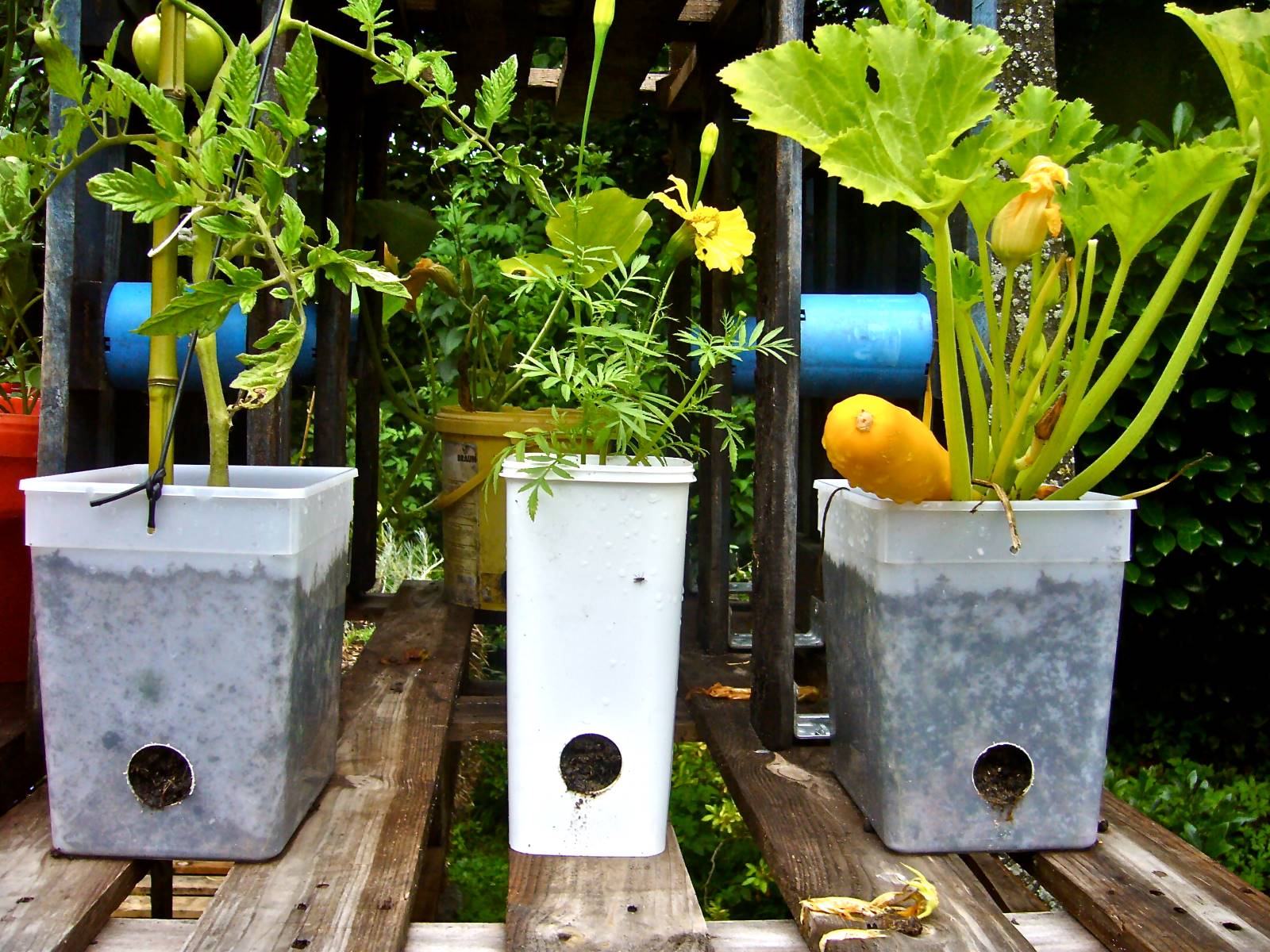
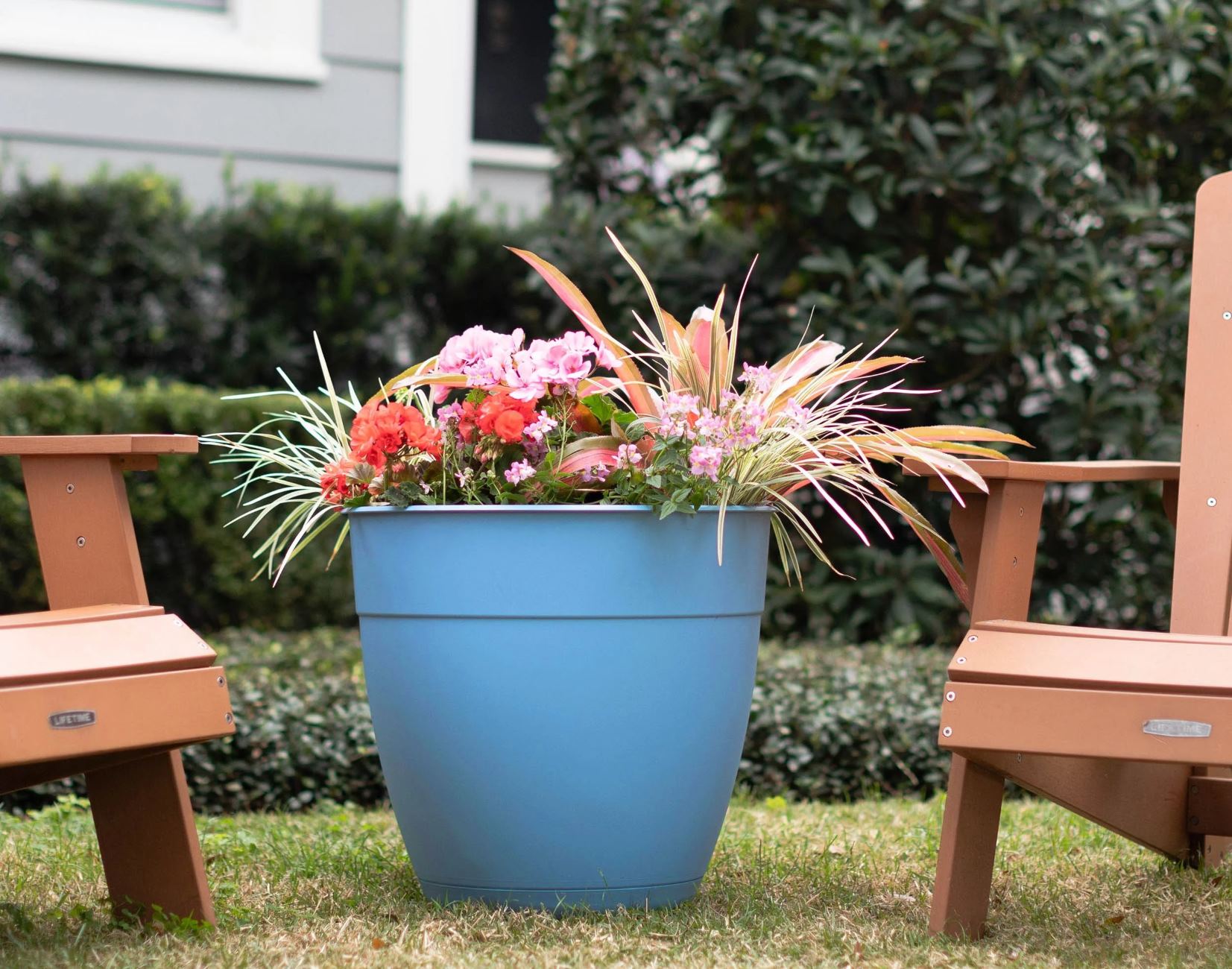
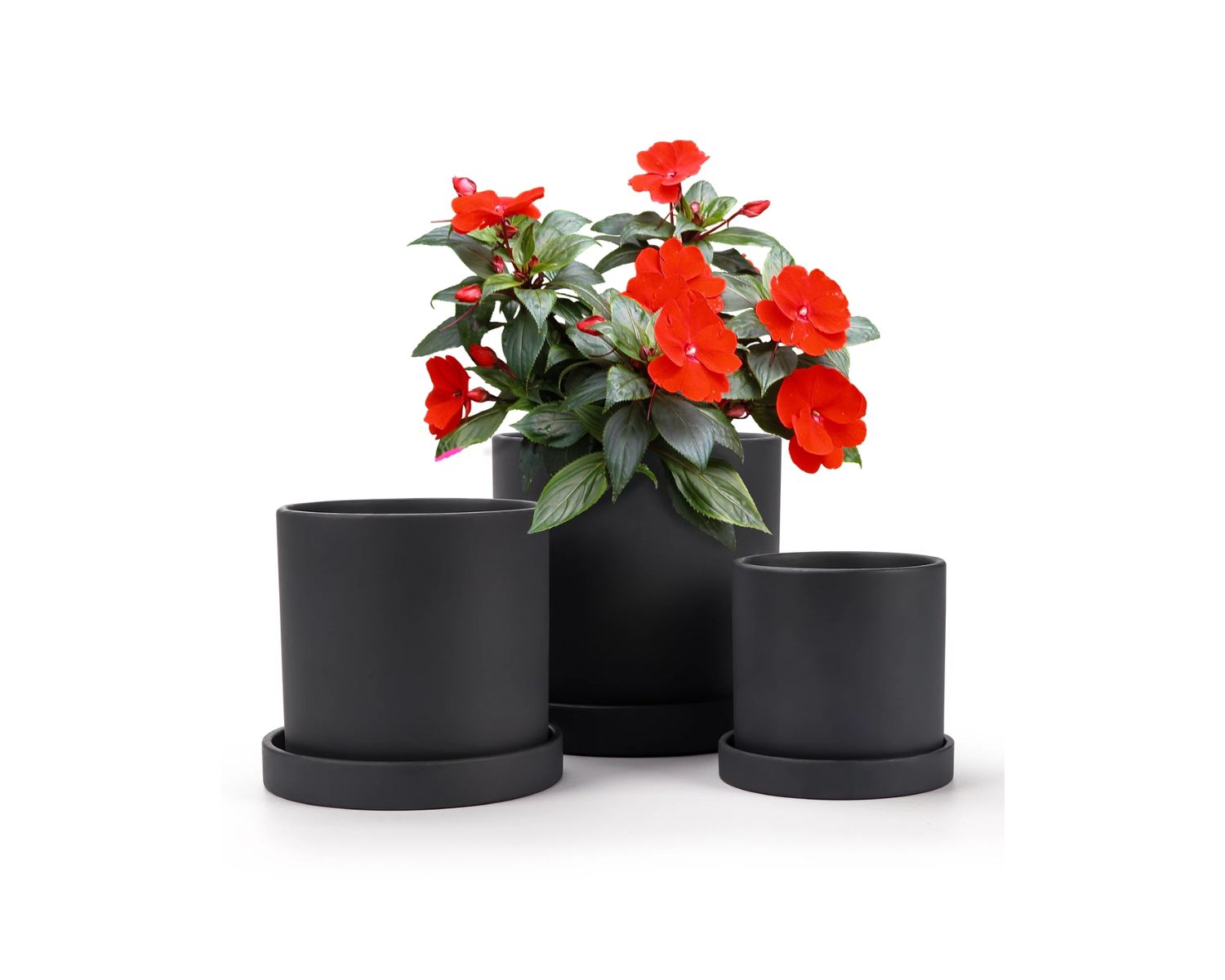
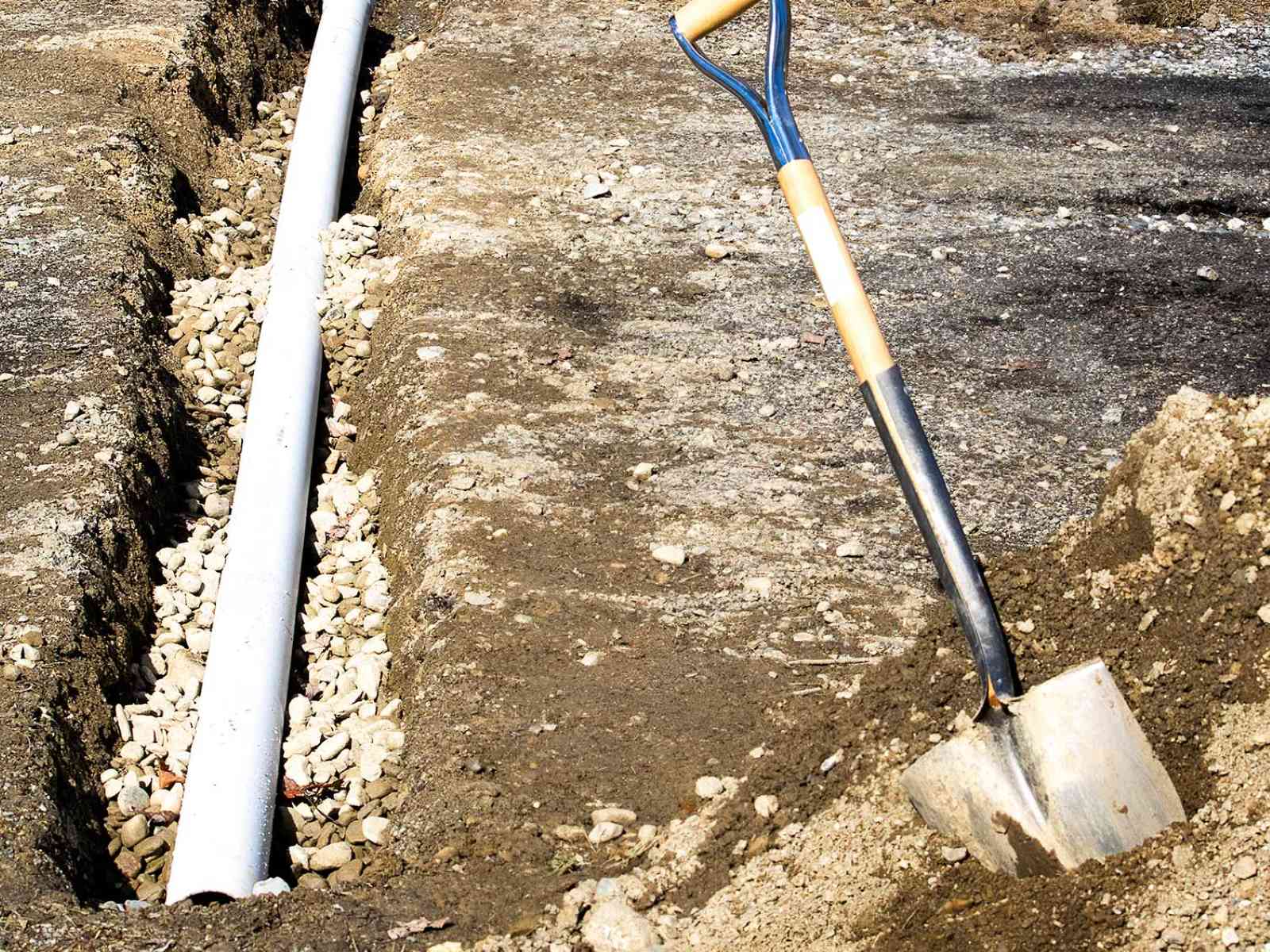
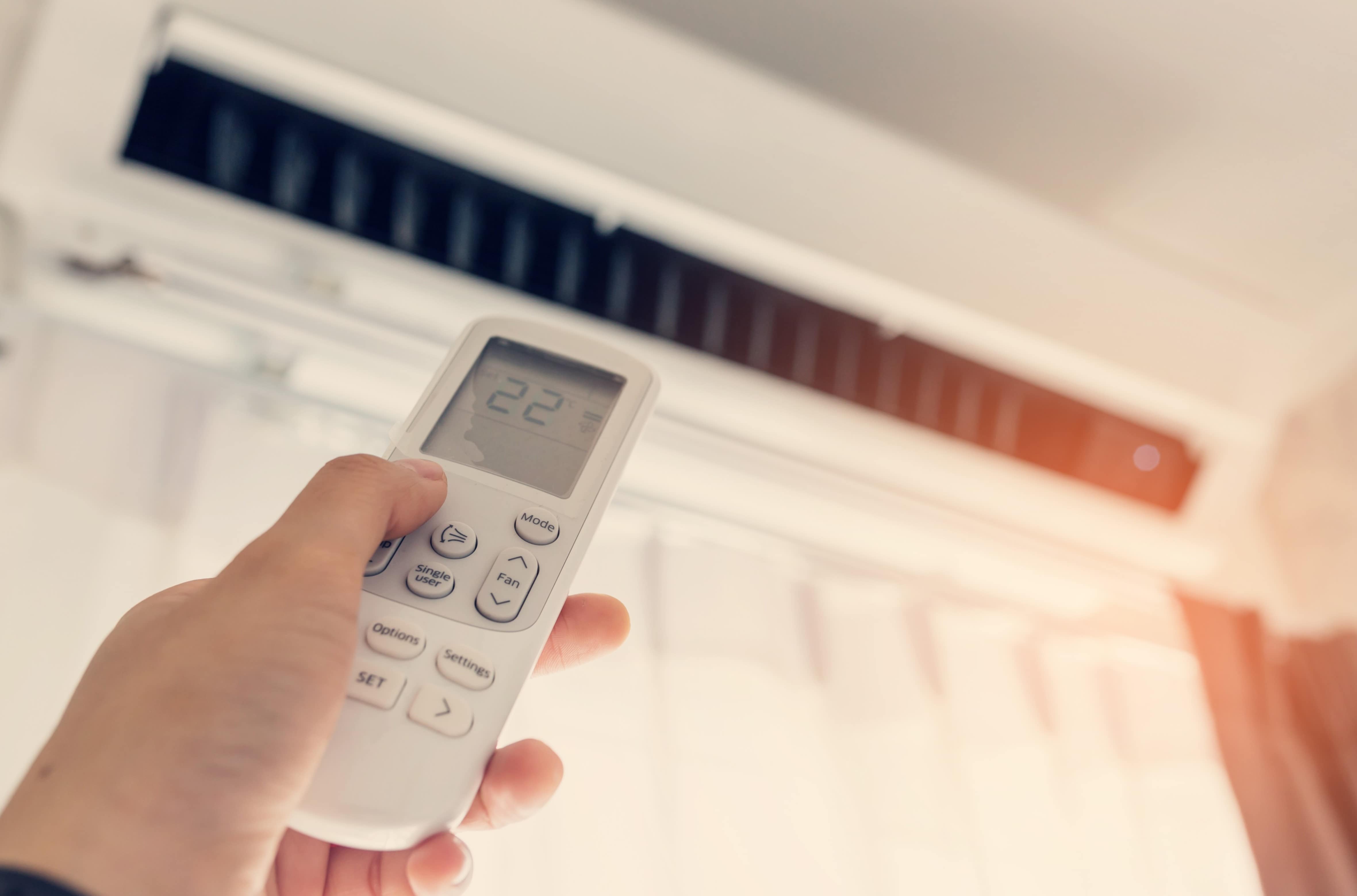
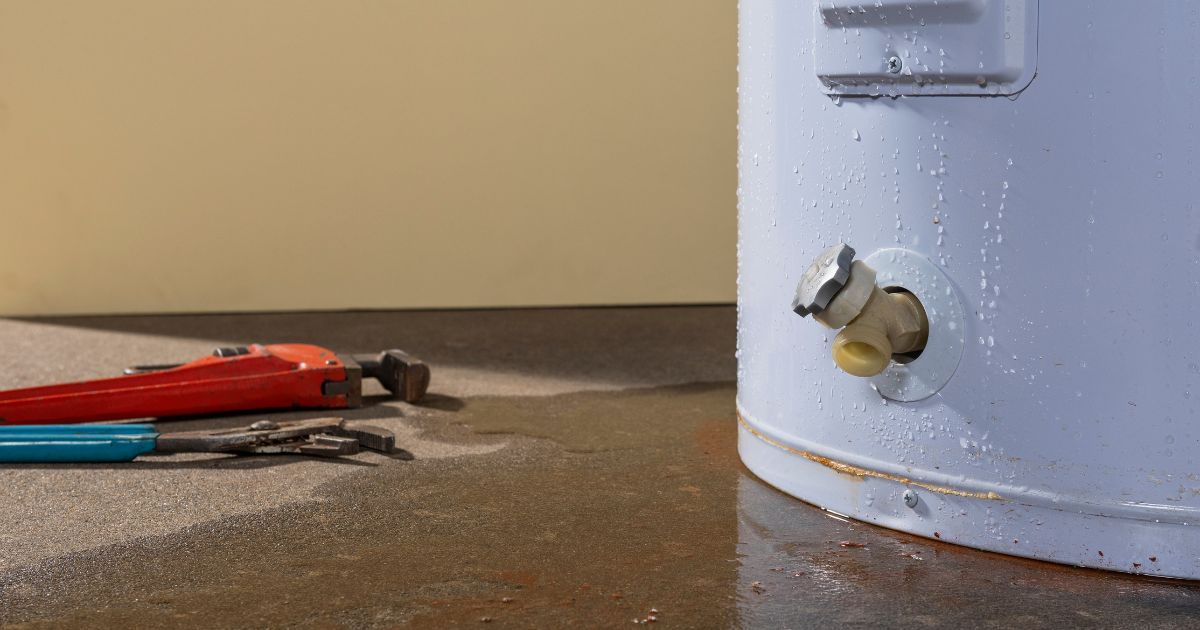
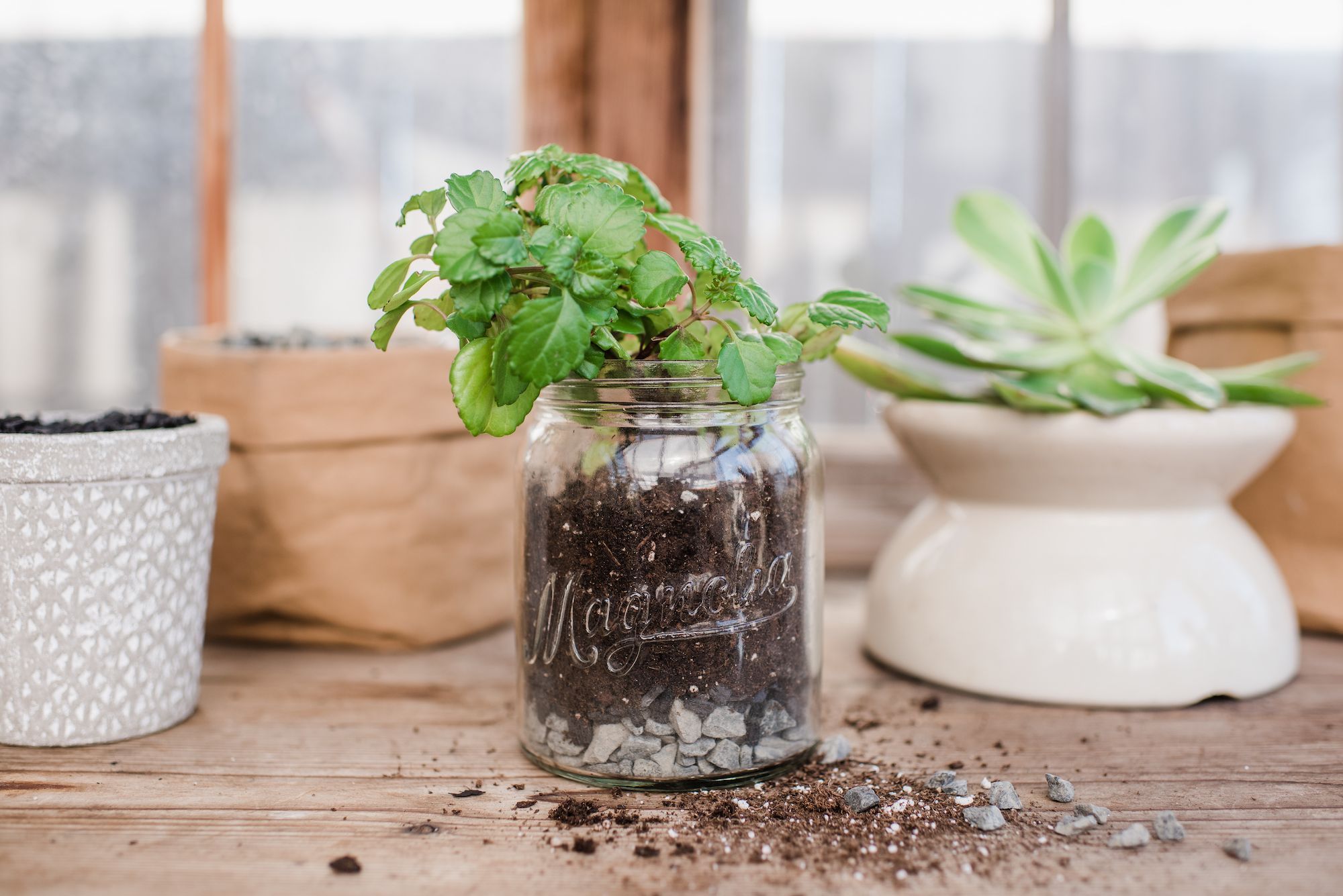
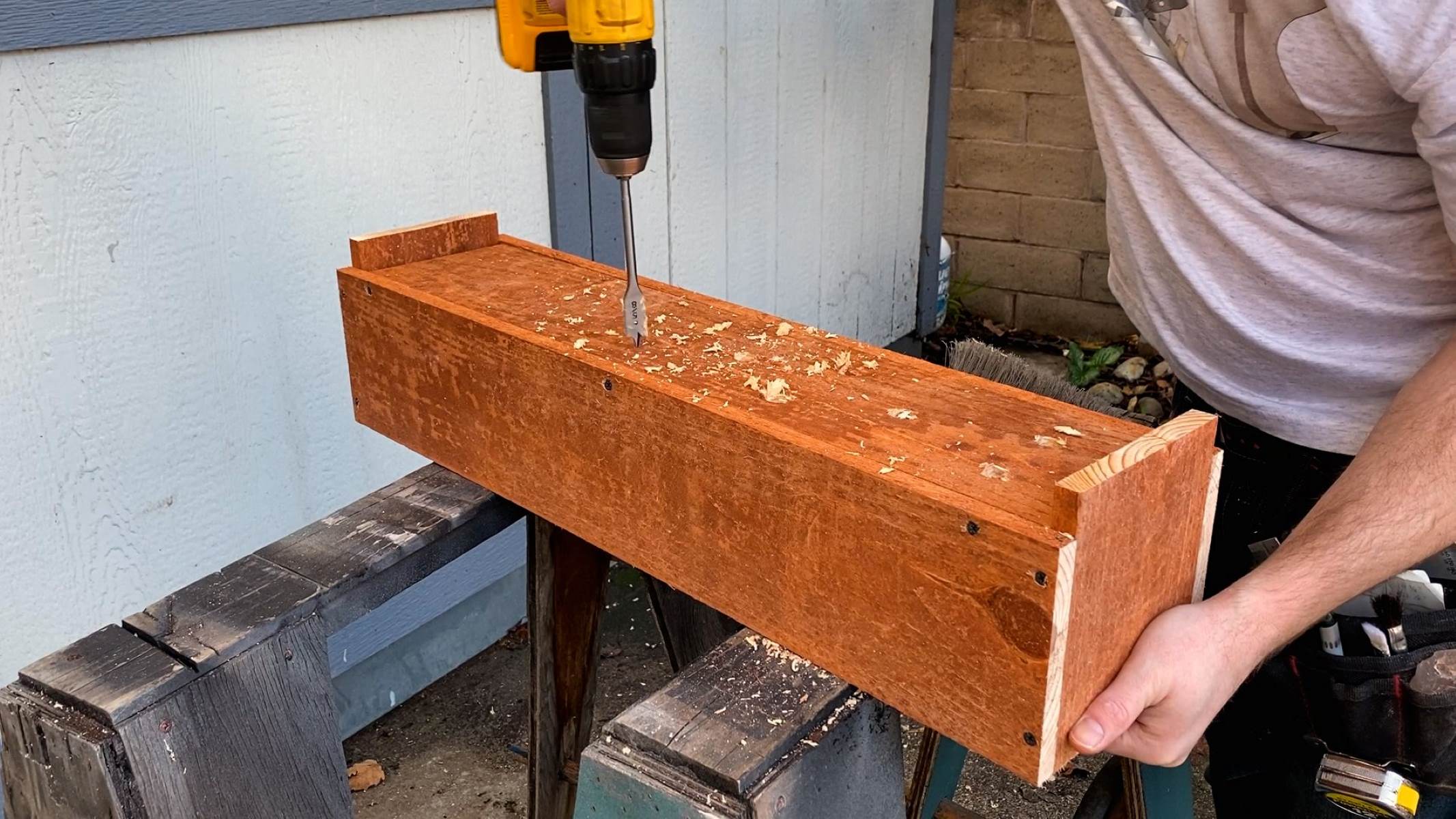
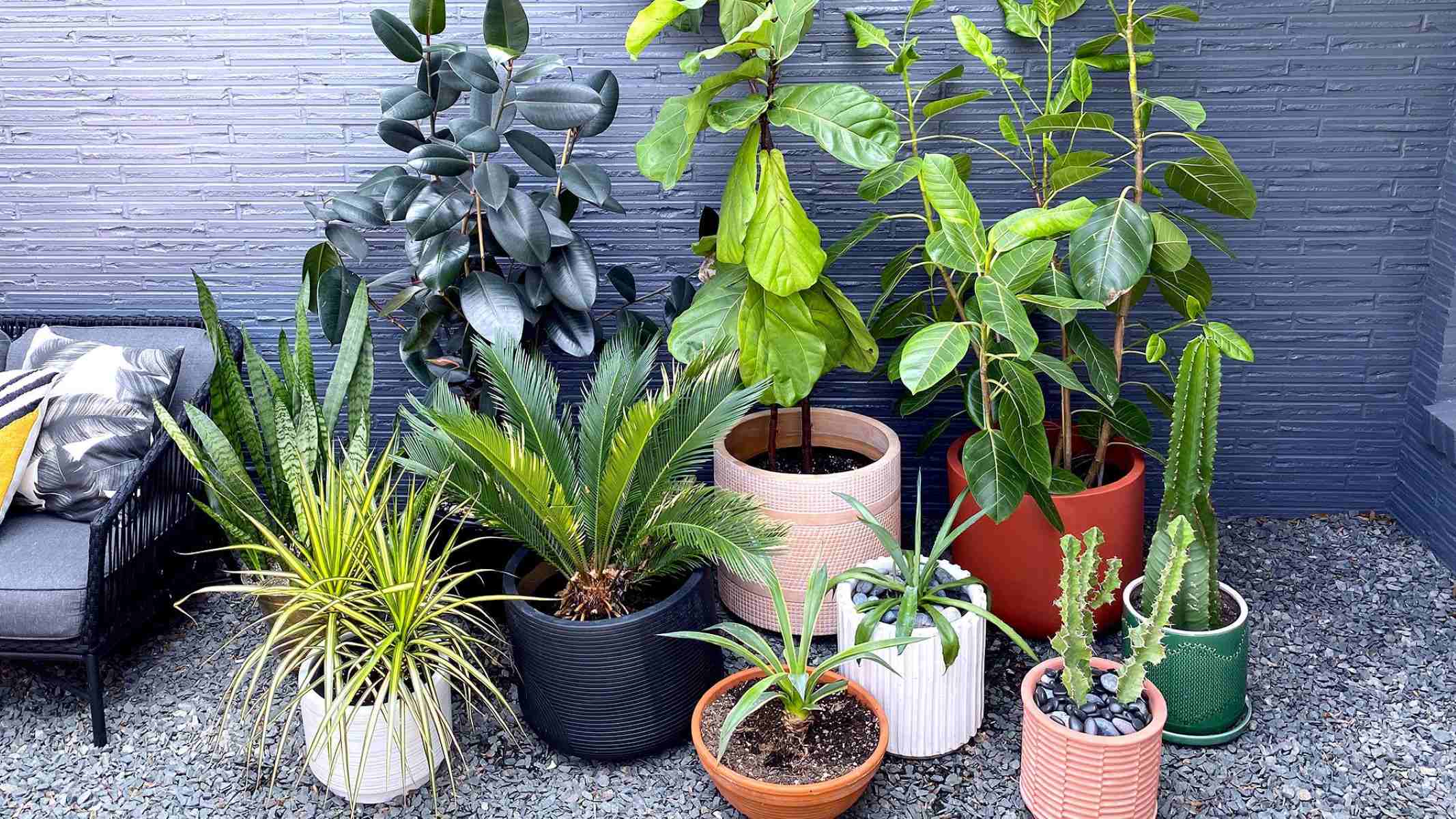
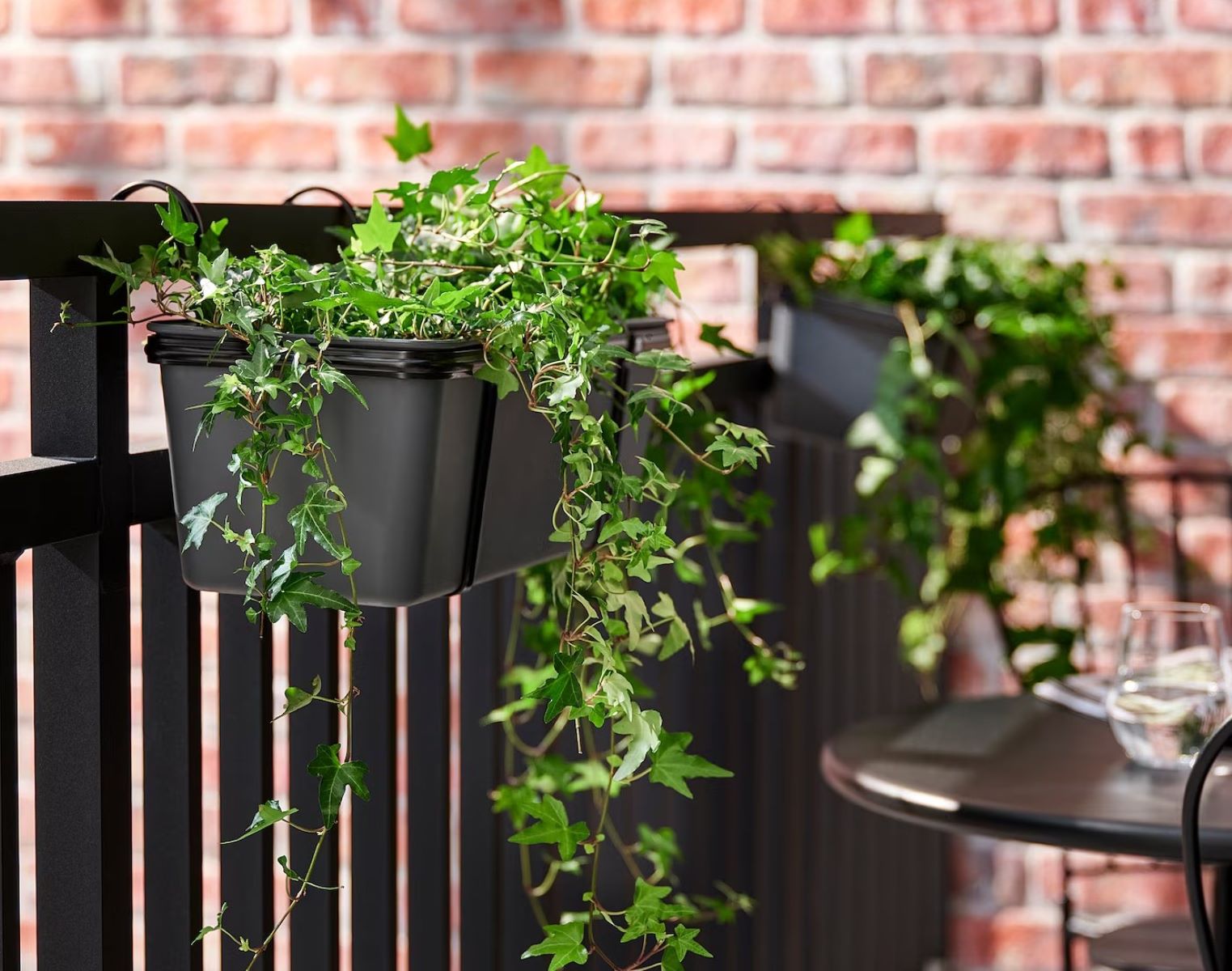
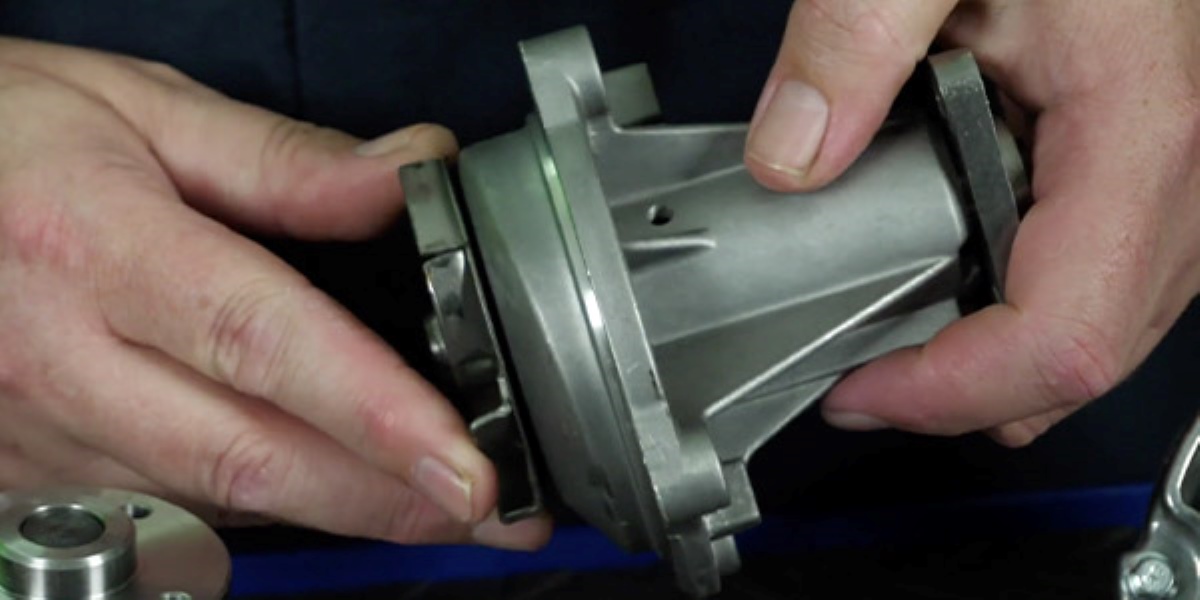
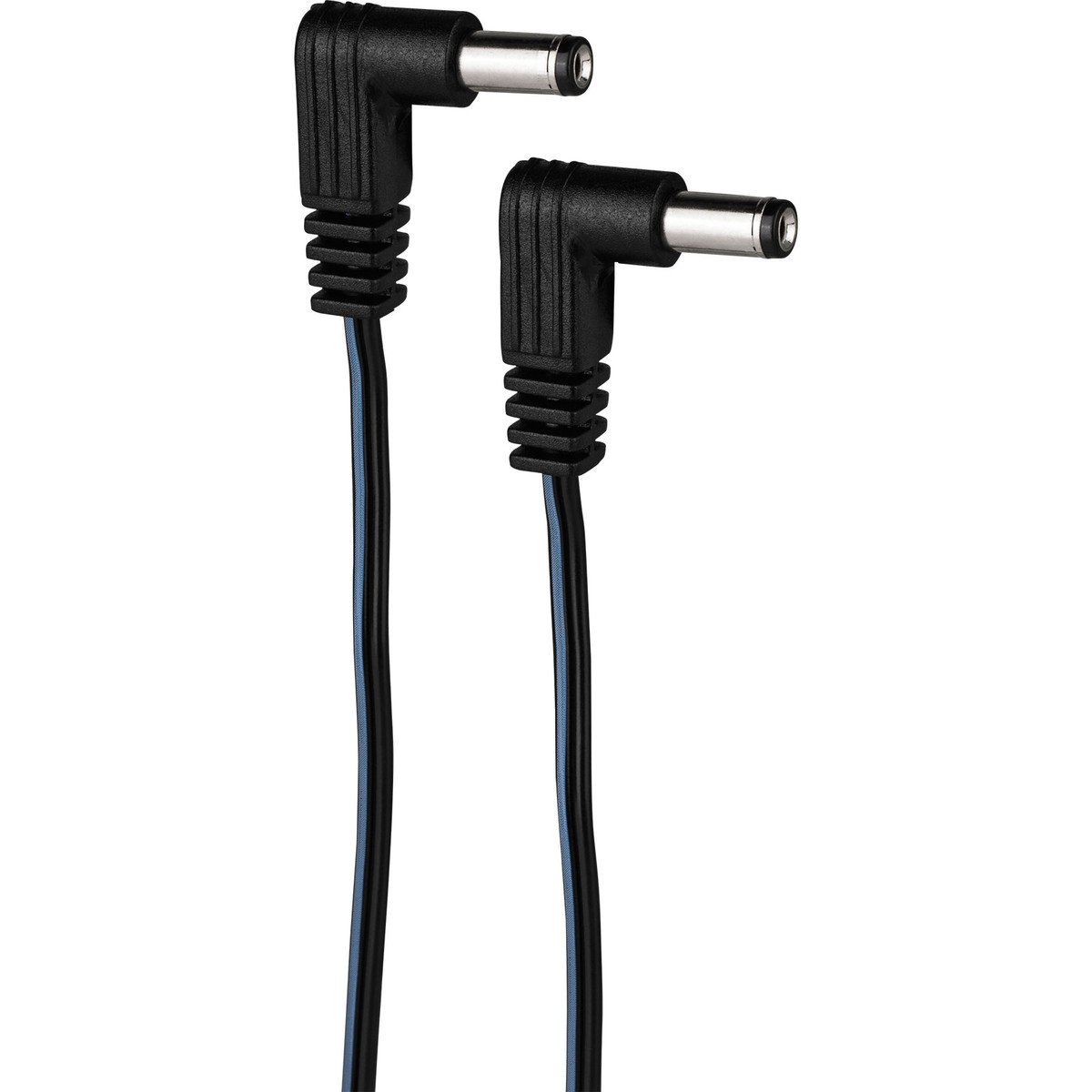
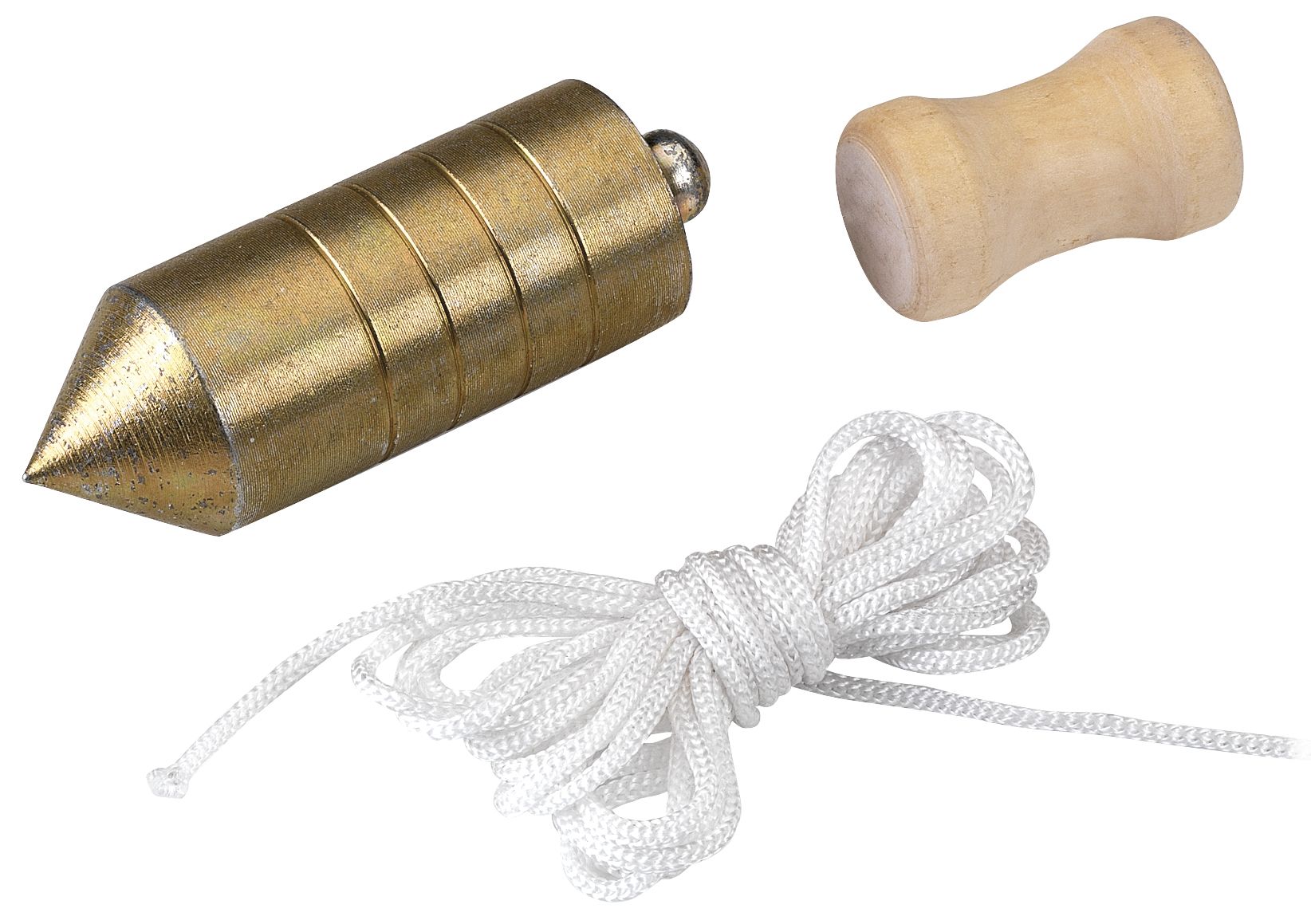

0 thoughts on “Why Would You Add Drainage Holes To A Self-Watering Planter”